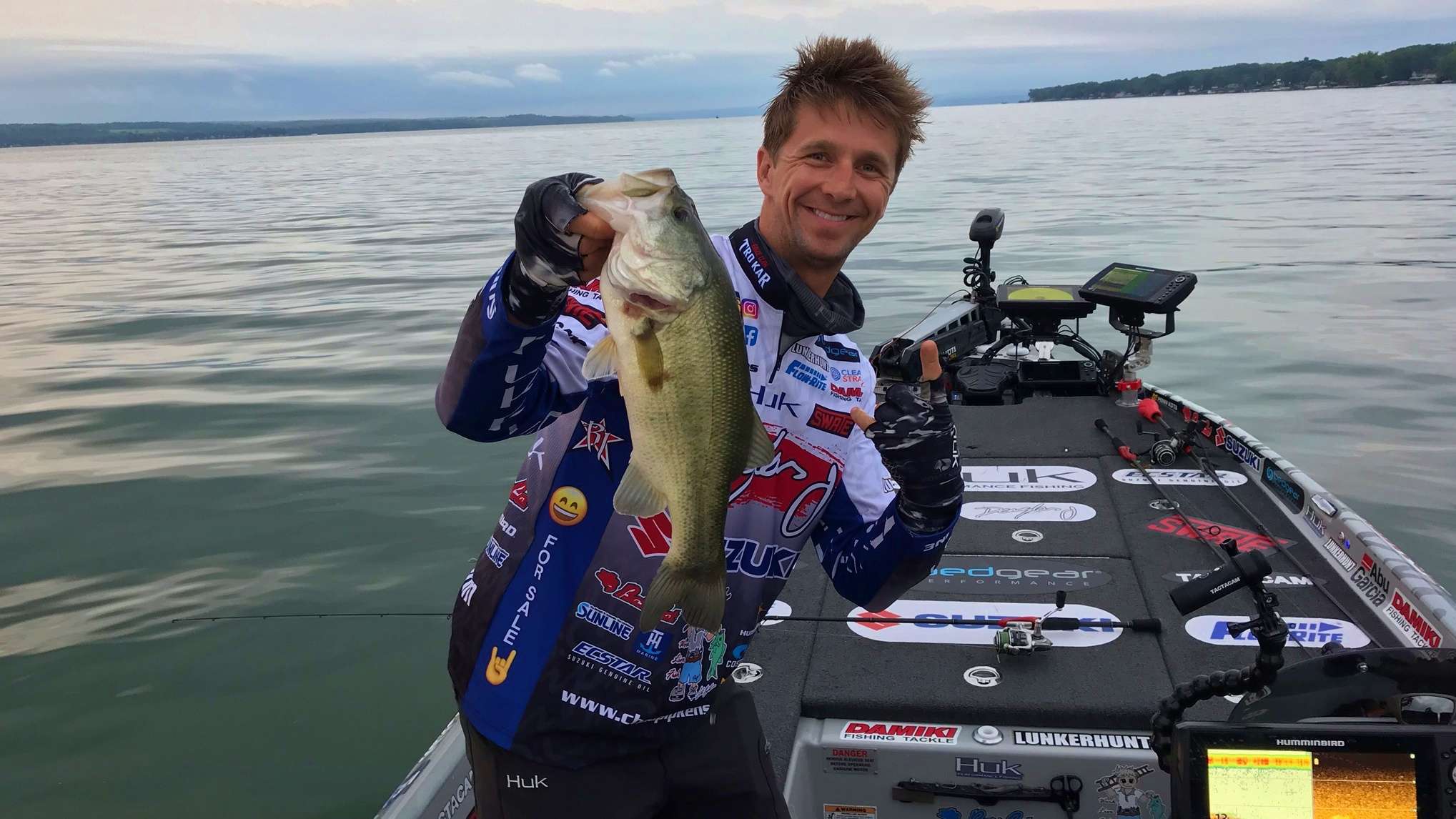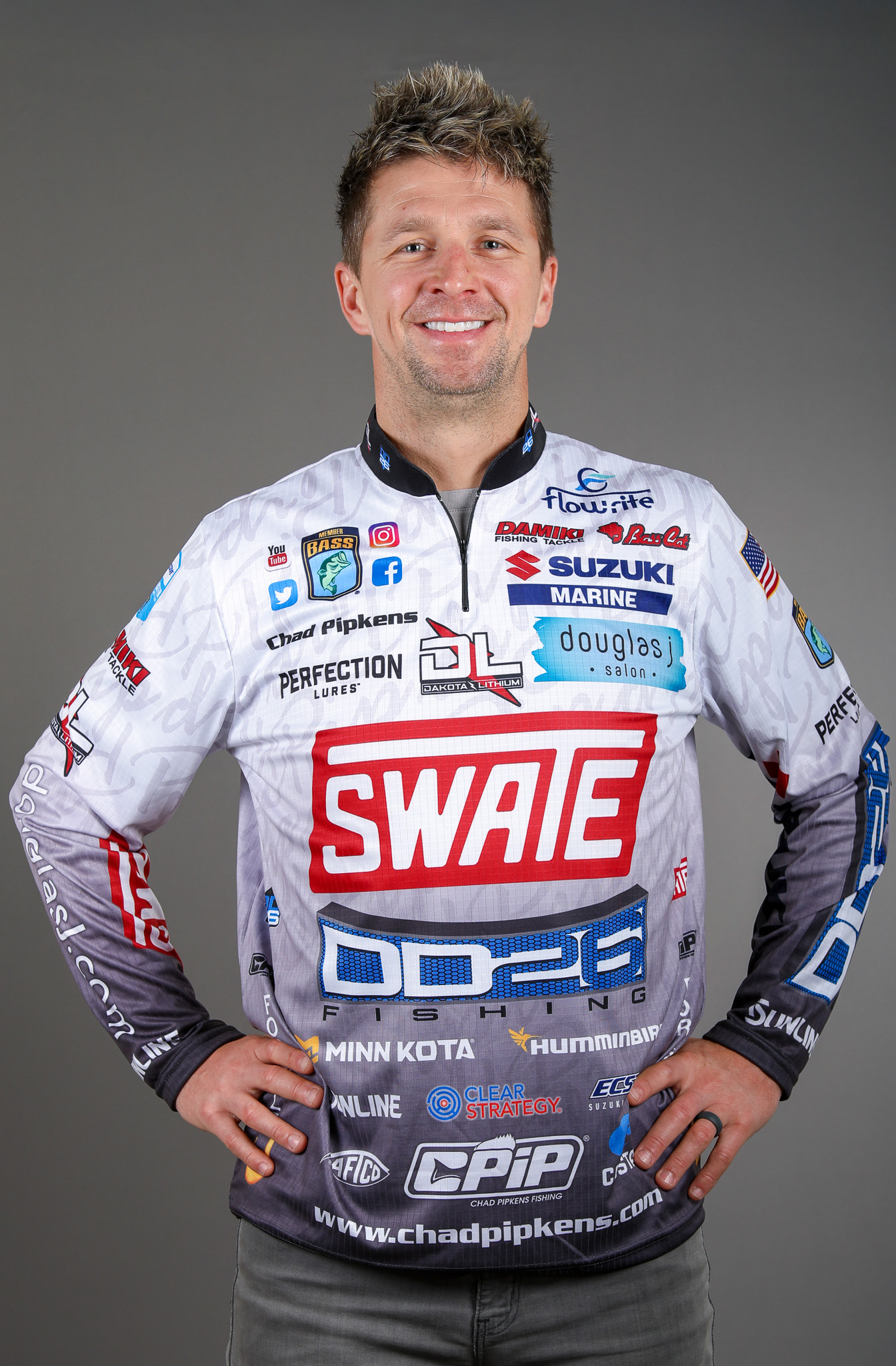
Every tournament angler likes to assess his season at the end of the year to determine what he did right and where he needs to improve.
I had a good year – could have been better – but I feel pretty good about my accomplishments this season. I was 30th in the AOY final standings, logged five top 10 finishes in the Elites and Bassmaster Opens and qualified for my third Bassmaster Classic.
But what I’m most proud of is how I stayed true to myself, fished my strengths and relied upon confidence lures. I didn’t spend much time chasing around other patterns or techniques that were constantly rumbling through the grapevine before each tournament.
That’s a trap that many anglers get caught in and one that can really work against you. I know from past experiences that it’s tough to do well in an event when you’re trying to catch fish the way someone else would. I stuck to the things I like to do – power fish quickly and finesse fish around specific targets.
I also limited my running around, even in practice, keying on those areas that offered all the elements that fit the seasonal pattern and my fishing style.
Three techniques I relied heavily upon were crankbaiting the Damiki DC 300, drop-shotting worms on the breaks or fishing the Lunkerhunt Lunker Stiks near the bank when I thought the bass were shallow.
In years past, I may have run up-river to flip, but I resisted those temptations. I love to flip, but to do so would require me to spend valuable time running around. I just put my head down and went to work with baits and techniques that gave me the most confidence.
You can’t do it all, and if you try to do too many things, you spread yourself too thin and wind up second guessing everything. When I look at bad finishes I’ve had over the years, I tried to see too much of the lake and invoke too many techniques.
The Damiki DC300 crankbait put a lot of money in my pocket this year. I caught fish on it in several events, and it was key to me finishing eighth at Lake Fork and 16th at Cayuga.
We have a lot of different crankbaits available to us, but this is one I’ve relied on for years and that has produced well for me. Most came on the real shad color, one that has produced well for me in a number of places.
Lure color is something that can drive an angler crazy if he spends a lot of time switching around. Obviously, you need to match the hatch, but stick to the basic colors in which you have the most confidence and let them work for you.
There are times when you start seeing clues that a color change is in order, such as if the fish are short striking the color you’re using or if you’re throwing shad and see a lot of bluegill in the area.
But the simpler you keep your approach, the more success you will have.
There’s nothing wrong with trying new baits or presentations, but do it on your home lake when you are recreational fishing. Tournament practice isn’t for testing lures; it’s for finding fish and you need to do so confidently.
By keeping your fishing game simple and relying upon those techniques and lures in which you have more confidence, you will see your successes grow and feel good about your success by the end of the year.





